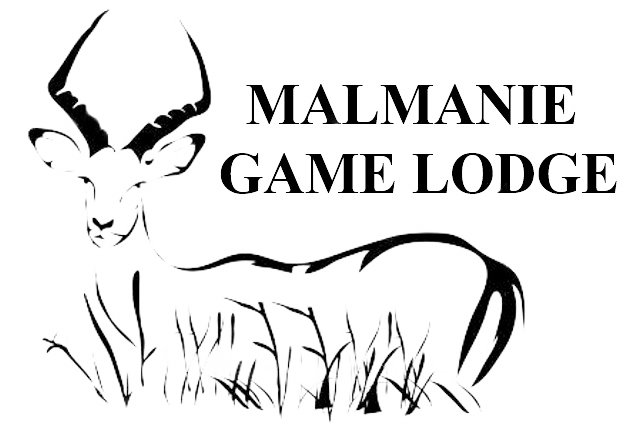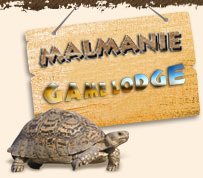Visitors Info
The majestic Waterberg wilderness area offers an unrivalled African bush experience, the opportunity of staying over in rustic hideaways or luxury up-market lodges that blend effortlessly into the splendid scenic surroundings.
The close proximity to the Gauteng metropolitan area ( only three hours’ drive ), the absence of malaria and an excellent tourism infrastructure make the region a sought-after holiday destination.
The Waterberg Range, so called because of the many rivers, streams and wetlands, is the collective name for the Sand River mountains, the Hoekberg, the Swaershoek Mountains and the Moepel Range. The southern slopes of the mountains are characterized by vertical cliffs and awesome rock formations, whilst the northern slopes descend gradually to the vast bushveld savannah plains beyond.
The mountains stretch for 150 kilometers in an arc from Thabazimbi in the west, past Modimolle to Mokopane in the east. Besides spectacular mountain scenery, the Waterberg offers a fascinating range of indigenous trees and shrubs and incorporates many game and nature reserves. The area offers sanctuary to some 75 mammal species, including the Big Five, as well as the African python and the Nile crocodile. With more than 350 bird species, the Waterberg is a birdwatcher’s paradise. The Waterberg has a long history of human occupation and has been inhabited by a succession of people over hundreds of thousands of years. From Stone Age people, to the San ( Bushman ), Khoikhoi herders and Iron Age people, all have left their traces in the form of paintings or iron smelting furnaces. The region is rapidly emerging as one of the most important San rock art sites in South Africa and boasts many fascinating rock paintings and geological sites to visit.
In 1990 the Waterberg Nature Conservancy was established in which several conservation areas were united to include more than 150 000 hectares of Waterberg habitat. The conservancy incorporated privately owned farms, nature reserves and 26 rural villages in the Backenberg area, as well as the close on 900 labourers who lived there.
The Waterberg Savannah Biosphere Reserve was established in 1996 to maximize the area’s considerable potential for conservation, sustainable development and social upliftment. The initiative was aimed at linking conservation and development, allowing local communities and authorities to become stakeholders in the development and conservation of the area in which they live. In this way partnerships were created between private sector, community structures and government. Through creating education and training opportunities, the biosphere has had a significant impact on the lives of all who live within its boundaries.
The reserve incorporated the Waterberg Nature Conservancy, the protected areas of Masebe Nature Reserve. Moepel Farms, Mokolo Dam, Marakele National Park and the Nylsvlei Nature Reserve, as well as several private reserves such as Lapalala Wilderness, Touchstone Game Ranch, Kwalata, Keta and Malmanie Game Lodge
The reserve has become one of the major conservation and tourism areas of the province and following recognition by the United Nations Education, Scientific and Cultural Organization ( UNESCO ), was awarded international status in 2001 as the first savannah biosphere reserve in South Africa.
The difference between a biosphere reserve and a provincial or national park lies in the former embracing an integrated land use development plan which includes agriculture areas and settlements of all cultural groups living in the area, as opposed to purely conservation areas. Ownership of a biosphere reserve is vested in a representative community structure.
Because much of the Waterberg is not suited to crop or cattle farming, vast pristine areas still exist and game farming is practiced extensively. With more than 250 game lodges scattered throughout the region and a wealth of other adventure opportunities it has become an important adventure and an ecotourism destination.


